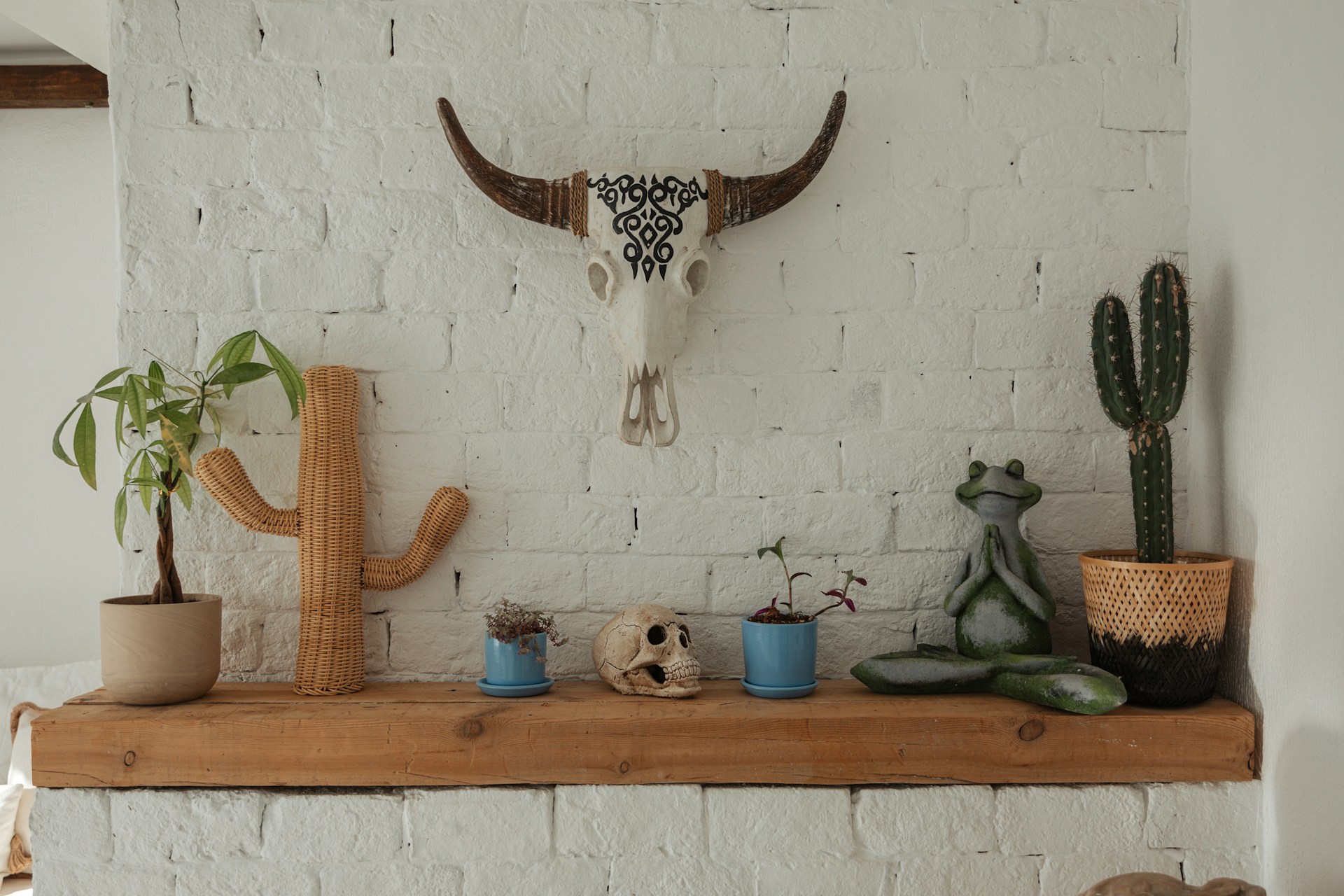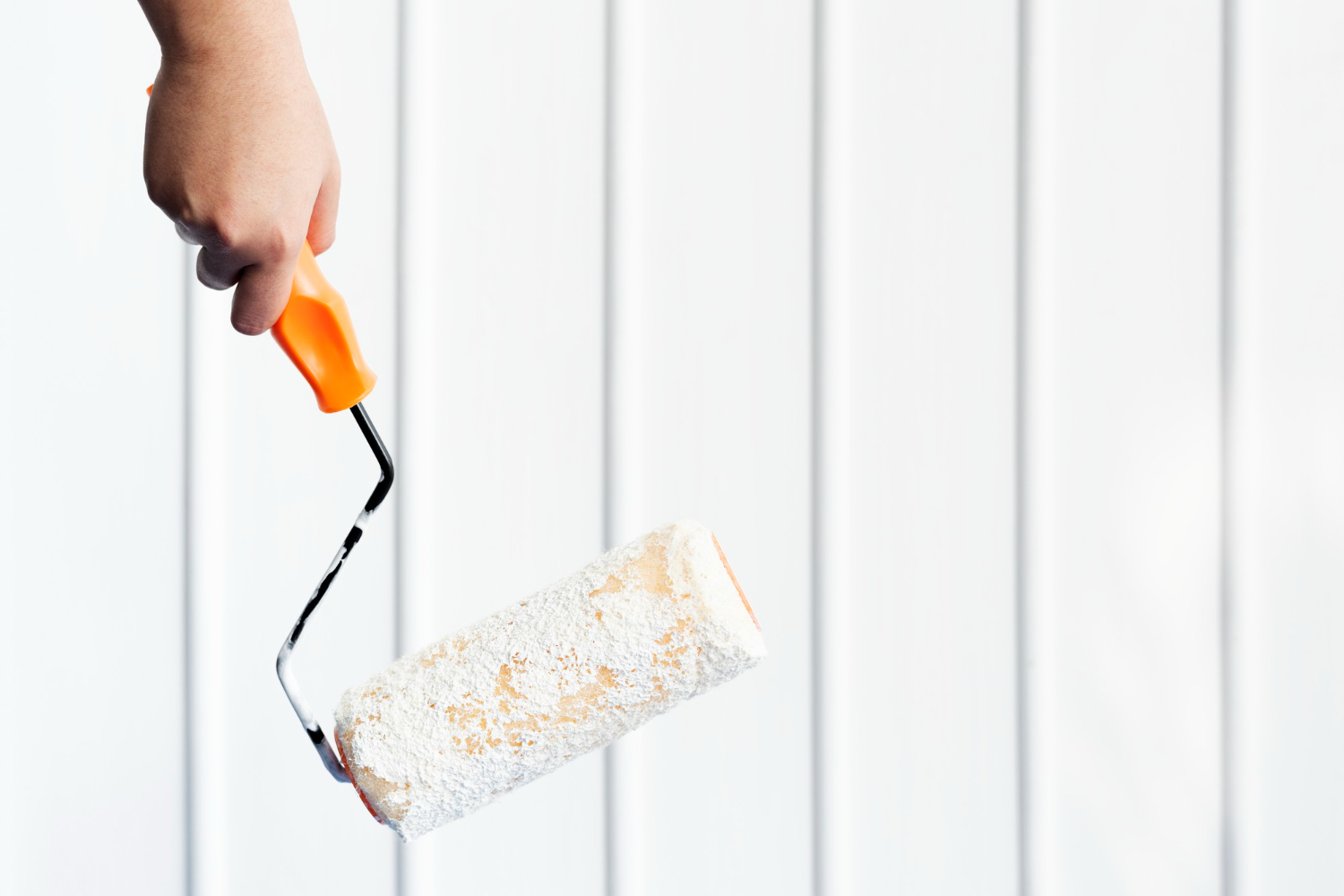When it comes to painting, one of the most important factors to consider is the temperature outside. The temperature of the air can have a significant impact on the quality of the paint job, as well as the drying time and longevity of the paint. It is important to know what temperature outside is best to paint to get the best results.
Painting in the Summer
Painting in the heat of the summer can be problematic because the paint can dry too quickly, making it difficult to get a smooth, even coat. This can also lead to a shorter lifespan for the paint job, as the heat can cause the paint to fade faster. On the other hand, painting in cold weather can be difficult as the paint won’t dry properly and will take longer to cure.
The ideal temperature for painting outdoors is between 50 and 85 degrees Fahrenheit. This range will allow the paint to dry properly and still provide enough time for the painter to get a smooth, even finish. Additionally, the humidity should be below 70%, as higher humidity can make it difficult for the paint to dry.
Check the Weather Forecast
It is important to check the weather forecast before starting any exterior painting project, as the temperature and humidity can vary greatly throughout the day. If the temperature or humidity is too high or too low, it is best to reschedule the painting project for a more suitable day.
Best Temperature for Painting Outside
1. Outside Temperatures
The best temperature to paint the exterior of a house is between 50 and 90 degrees Fahrenheit. Temperatures outside of this range can cause the paint to dry too quickly or too slowly, leading to an uneven finish or bubbling paint. It is also important to consider the humidity level when painting outside, as high humidity can cause the paint to dry slowly and not adhere properly to the surface.
2. Surface Temperatures
The surface temperature of the area you’re painting should also be taken into consideration. The surface should be at least 5-10 degrees Fahrenheit cooler than the air temperature. This will help to ensure that the paint has enough time to set and dry properly before it is exposed to the elements.
3. Project Timeline
The timeline of the painting project should also be taken into account when determining the best temperature to paint. If the project is expected to take multiple days, then the temperature should be monitored closely to ensure that it remains within the ideal range. Additionally, it is important to make sure that the temperature does not drop too low overnight, as this could cause the paint to become brittle and crack.
What Happens When It Is Too Cold?
When the temperature is too cold, the paint will not dry or cure properly. This can lead to the paint cracking and flaking off the surface, which can be a costly and time-consuming problem to fix. Additionally, paint that is applied in cold temperatures can be more prone to fading and discoloration.
Conclusion
In short, the best temperature outside to paint is between 50 and 85 degrees Fahrenheit. Temperatures outside the ideal range can cause problems with the paint’s ability to adhere to the surface. Low temperatures can cause the paint to dry too slowly, allowing for water droplets to form on the surface and uneven coverage. High temperatures can cause the paint to dry too quickly and result in an uneven, cracked finish. Additionally, painting in temperatures that are too hot can cause toxic fumes from the paint to linger in the air longer. It is very important to check the forecast and plan accordingly to ensure the best temperature outside to paint.
If you need exterior house painting done, contact Alan’s House Painting. We strive to provide attentive personal service, informed consultation, and beautiful, long-lasting finishes to every painting project.





